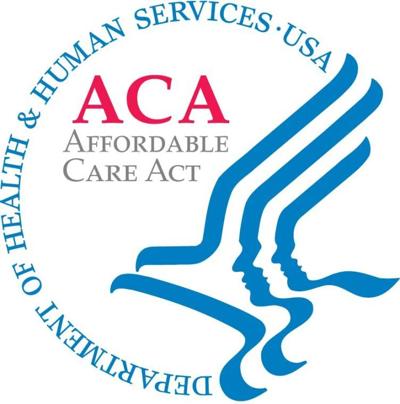Under the Affordable Care Act, three states implemented Opioid Health Homes, systems designed to coordinate and improve treatment for opioid use disorder
Under provisions of the Affordable Care Act, three states (Maryland, Rhode Island, and Vermont) implemented Opioid Health Homes (OHHs), systems designed to coordinate care for individuals with opioid use disorder (OUD). Components of care included all forms of medications for opioid use disorder (MOUD), medical and behavioral health care, and services to address the social determinants of health.
Research into these state's implementation of the OHH suggest that contextual factors influenced the extent and nature of care coordination, but that, overall, service delivery improved by virtue of increased integration across modalities and providers. Factors responsible for successful implementation, as well as barriers, were identified in a three state study and a CMS issue brief, and the University of Kentucky College of Law has made available a detailed report on how OHHs can be instituted.

The Opioid Health Home model has the potential to meet complex needs of disadvantaged patients.








